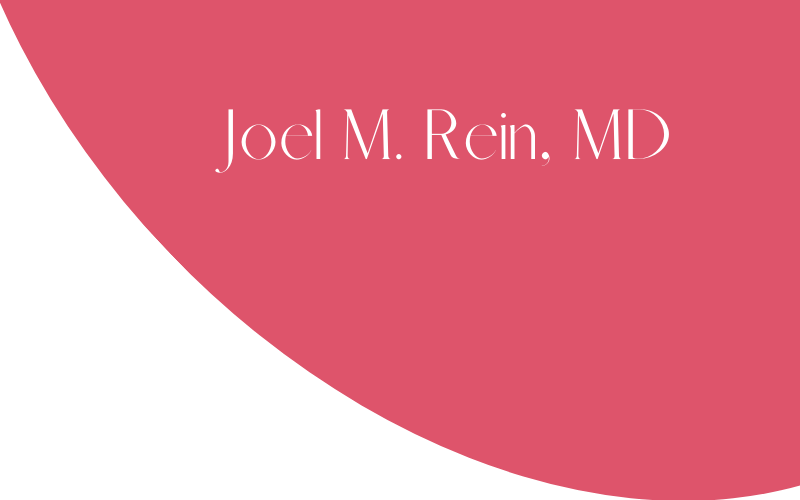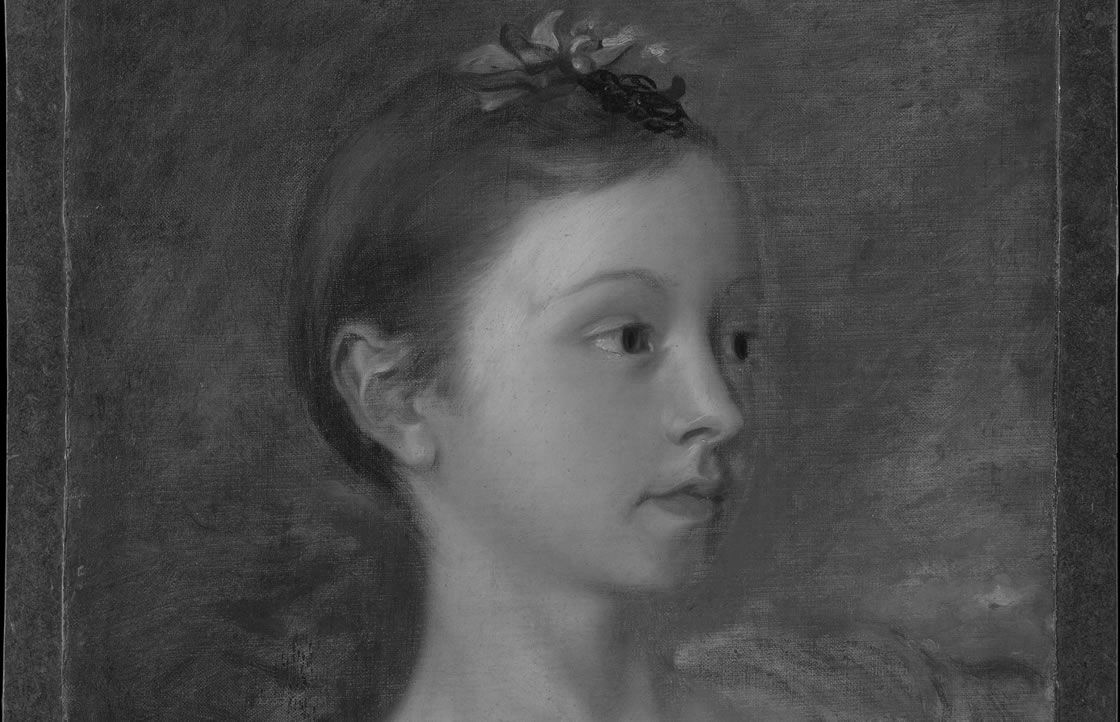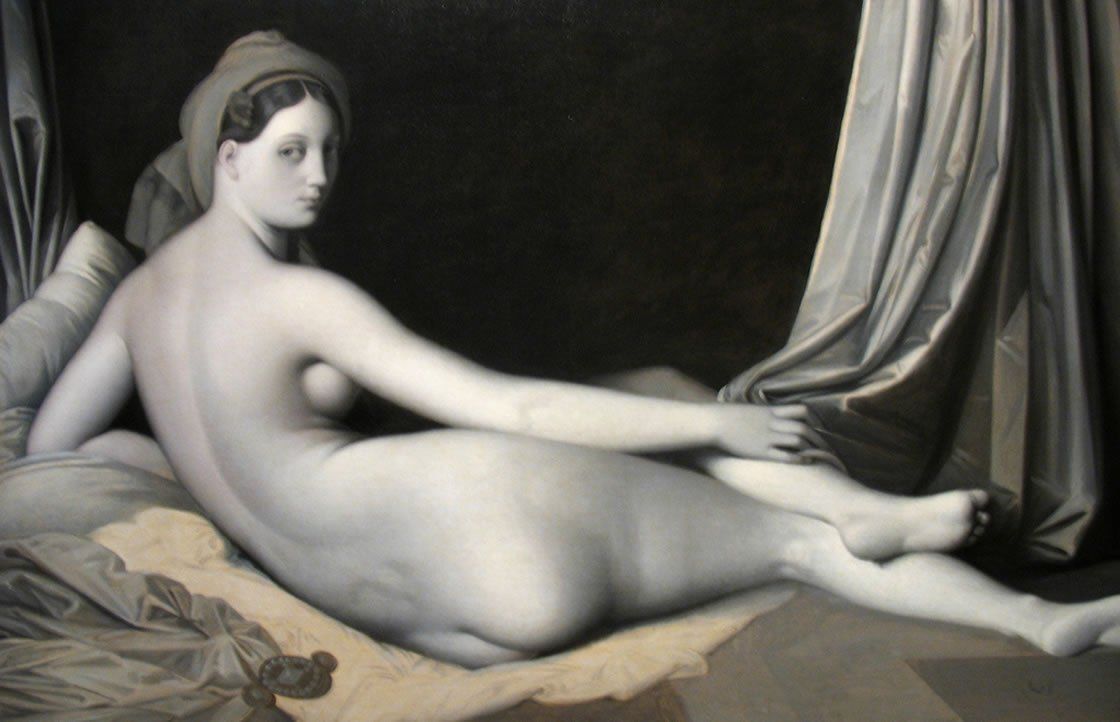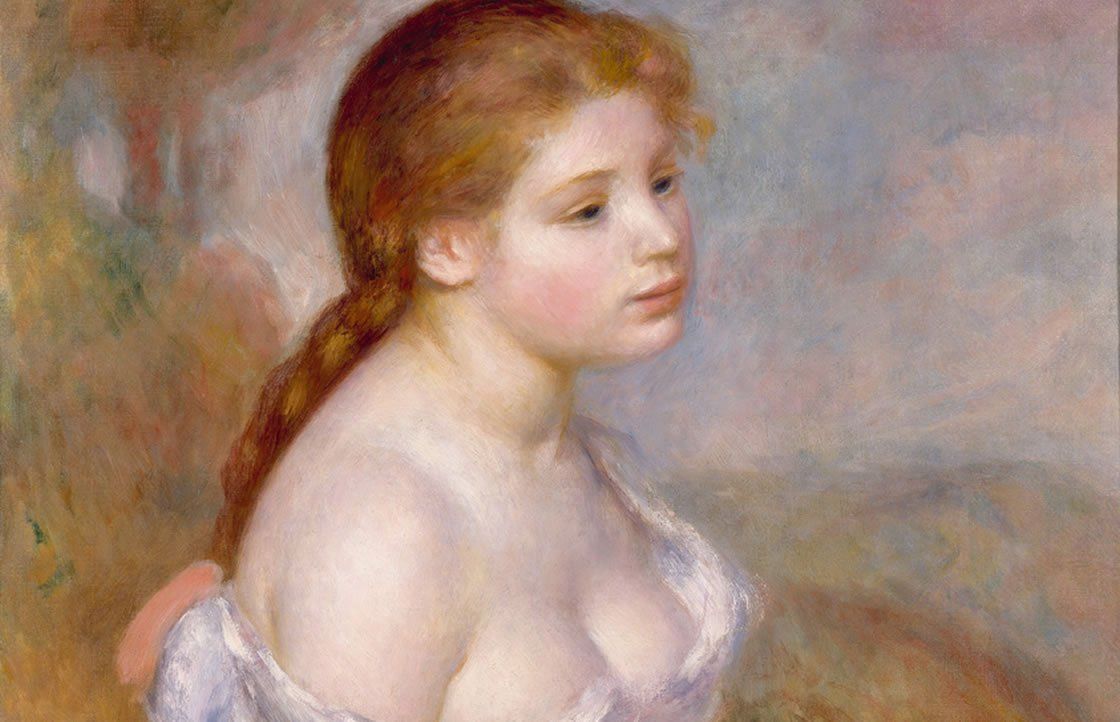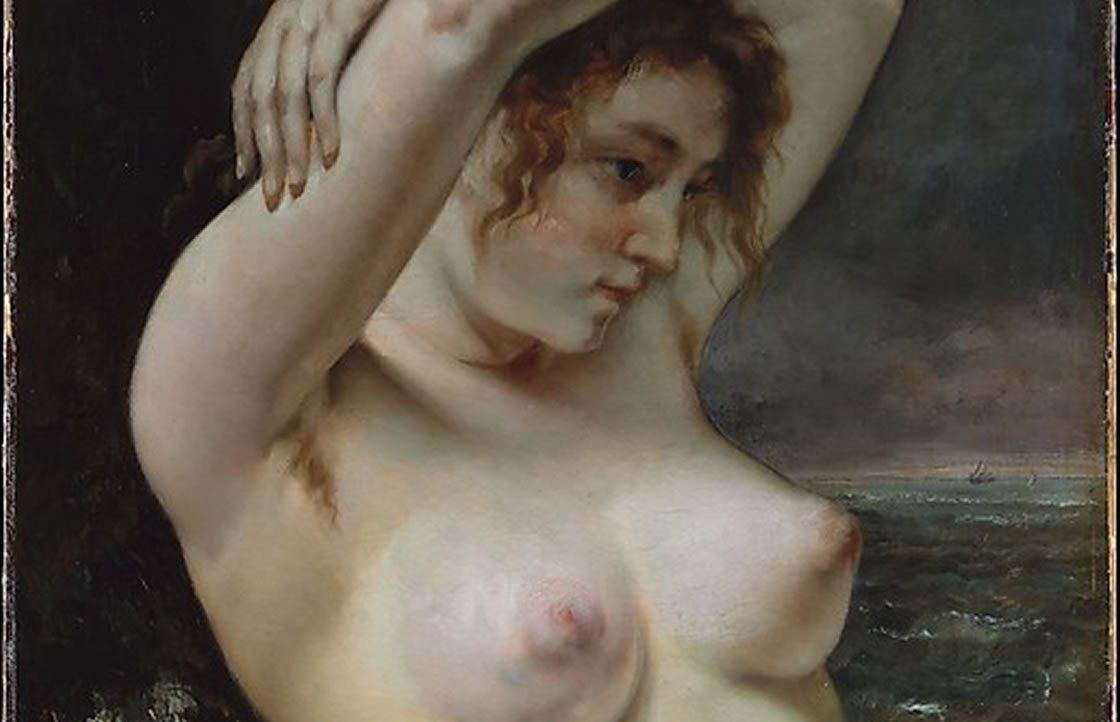EYELID SURGERY
EYELID SURGERY - BLEPHAROPLASTY
Upper lid blepharoplasty produces the most effective result for the least amount of surgery. A severely aged lower lid can be improved surgically but should always be done conservatively.
Upper lid blepharoplasty is the most commonly performed facial cosmetic operation in my practice. It is relatively easily done under local anesthesia, should not be painful, heals quickly, and produces the most effective result for the least amount of surgery.
Upper eyelid skin stretches continuously throughout our lives. We blink about a million times each year. Lid skin swells with allergic reactions, with crying, as we squint in bright light, or as we rub our lids with a finger. By our early forties the once sharply defined upper lid has puffed out from its indented horizontal fold and begins draping as a redundant hood over the once exposed segment of skin between the lid margin and fold recess. As this horizontal recess is lost the brow ridge seems to meld into the lid skin and a continuous curtain descends onto the upper lashes. This process at an extreme can overlap the lash and actually obscure peripheral vision. Cosmetically it narrows the apparent openness of the eye creating a heavy, sleepy, dull and often saddened appearance. No matter how much rest a person may have these hooded lids say sleepy!
Correction by meticulously tailored skin excision brightens the appearance of the face immediately. (In some patients longitudinal fat deposits are removed to thin out skin and accentuate the recess of the fold.) A dramatic change may often be seen directly on the operating table before the last stitch is placed.
In contrast to upper lid surgery, correction of the changes of the lower lids is much more problematic. Lower lid fat pads may protrude even in young patients, as this may be an inherited anatomic trait in some people. This causes a puffy appearance, which is exaggerated when fluid is retained. Such patients benefit from a fat removal operation alone. This can be performed through either outside lid or inner lid incisions. Such bags are not due to ageing and are correctable at an early age.
True ageing of the lower eyelid is accompanied by many other anatomic changes that present a greater challenge for correction. The lid skin stretches causing linear wrinkle lines which may in severe cases fold on itself as cascades. The skin itself loses its tone becoming dry and non-elastic. Tear production may decrease in some patients, the so-called "dry eye syndrome";. This presents an added pitfall to surgery which may make the problem worse. In our sixties and later the supportive tarsal plate which functions to support the lower lid softens, allowing the lid to fall away from the globe. It may allow drooping of the lateral third of the lid showing white below the lateral iris. These changes when also associated with fat protrusion produce much more profound bags than any seen in young patients. The dilemma is that excessive surgical efforts at correction may convert a cosmetically unattractive lower eyelid into a functionally damaged one. Of course patients expect an idealized result and may be dissatisfied with a careful but aesthetically limited outcome. This has resulted in a multitude of techniques, added suspensory ligament procedures, external lasering of eyelid skin, laser incisions, etc. The healing complication rate is high and the length of time needed for complete healing quite long compared to upper lid surgery alone.
A severely aged lower lid can be improved surgically but should always be done conservatively. Results are difficult to demonstrate photographically as skin texture washes out in the glare of a flashbulb. A surgeon should intelligently caution against overly idealized expectations.
© 2024
All Rights Reserved | Company Name
